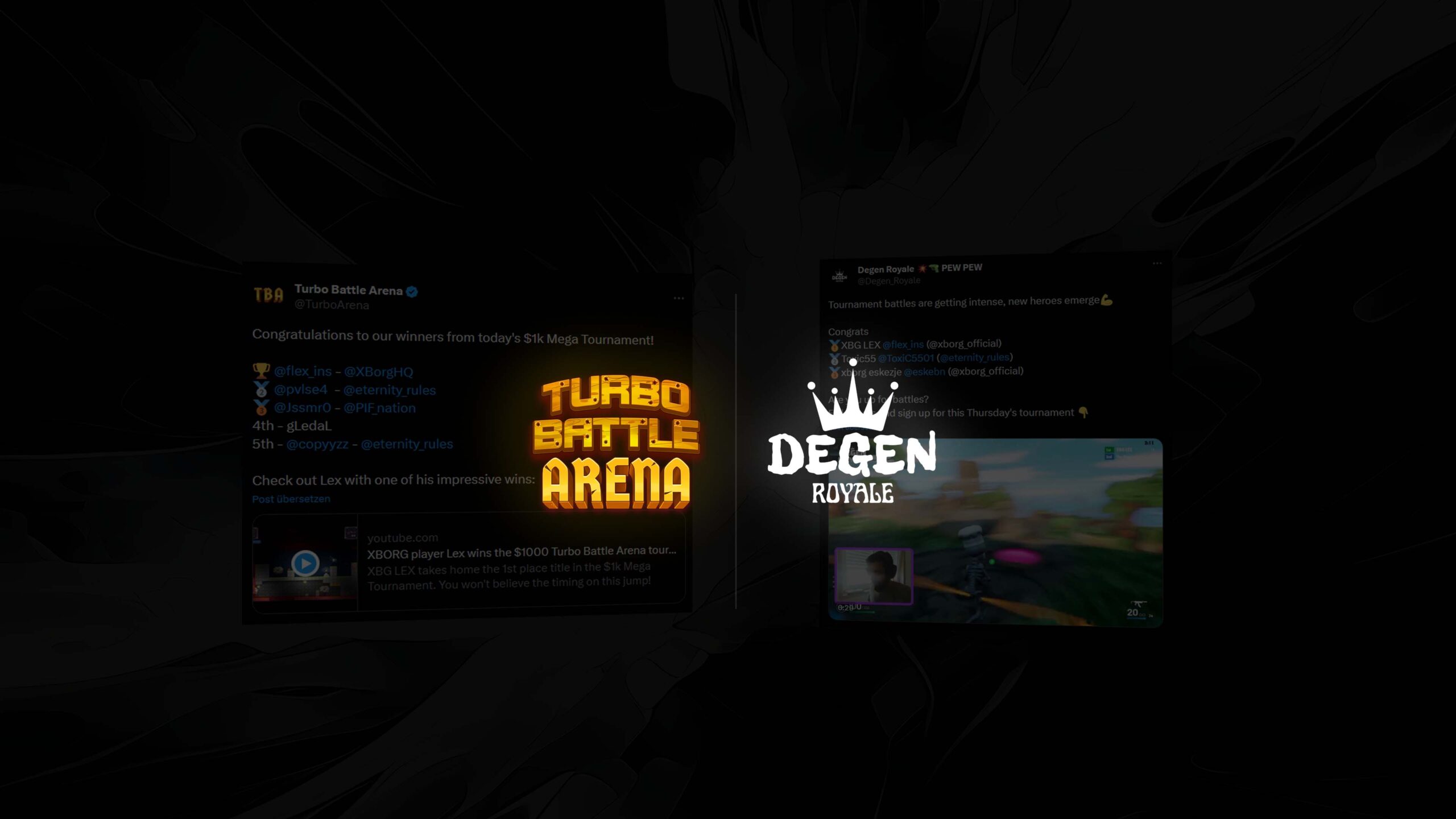To make giveaways more transparent, we’re now making them proovably fair at Eternity. But how does this actually work, and how can you verify these giveaways?
To get started, we first need to explain a really important keyword in this context: hashes. To explain it in simple terms, a hash function assigns “derives from” bytes (data, information) a so-called hash, which is a fixed length data object which in text representation can look e.g. like this: 96c4992eef27af00a06f160a12eec61622ba962e3500ca54d0368f14 (hash of the string “eternity news”). Important is that that a hash should always be the same for the same bytes, and different for different bytes (unique data has a unique hash). The 2nd core feature of hashes is, that hash functions are one-way – which means that you can always derive a hash from data, but can’t reconstruct the data back from the hash.
These 2 features make Hashes widely applicable – e.g. when checking if 2 files are equal (just compare their hashes), storing the hashes of passwords instead of passwords (since that’s enough to validate if the user put in the corret password but doesn’t endanger it), but also of course our beloved blockchains.
One last thing that’s important to be aware of is that there are many so-called hashing-functions / hashing-algorithms. Bitcoin & Solana e.g. use SHA-256 (short SHA-2), other widespread ones are e.g. bcrypt, BLAKE2 or SHA-3. There are also so-called “insecure” Hashing functions – such as MD5 or SHA1 – which researchers were able to break by finding different data with the same hash.
For Eternity, we’re using SHA3-224 – 3 stands for the 3rd Generation of SHA algorithm, 224 for the Bit length. SHA3-224 is fast, secure & the 224 bit Hash representations are shorter than e.g. SHA-256s – that’s why we’re using this one.
Now back to the core topic though – prooving that a giveaway is not rigged. It’s quite simple actually:
1. We generate a random number for each draw we’ll perform
2. We generate the hash of that number – and publish it before the giveaway starts – that hash is the so-called Nonce
3. After the giveaway is run, we publish the number – people then can verify that it correlates to the hash we published before the giveaway took place, and therefore verify the fairness of the draw
We go even a step further though – apart from that, we can also proove the randomness of our number itself – as we get cryptographic signatures along our numbers proving that they originate from athmospheric noise – one of the few known sources for true randomness.



